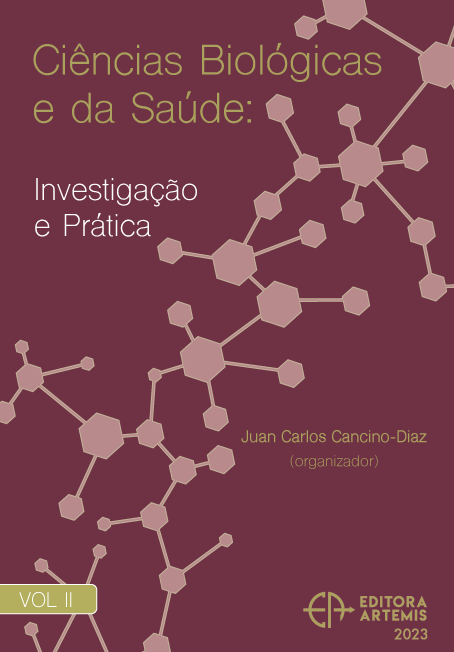
EL TIPO DE MALTA IMPACTA EN EL PERFIL Y ACTIVIDAD DE PROTEASAS
La cebada malteada representa el principal componente del mosto cervecero y las enzimas proteasas juegan un papel fundamental en la calidad. Fue comparada la actividad proteolítica en cebadas malteadas, cultivadas bajo condición de riego (D1) y temporal (D3). La mayor actividad proteolítica se presento a pH 7.0 (26.5 UAE/mg) para D1 y pH 5.0 (22.7 UAE/mg) para D3. Entre las proteasas observadas, sobresale una metaloproteinasa ca. 150 kDa en D1, mientras que D3 presentó una cisteinil proteasa ca. 37 kDa. El análisis de los mostos reveló mayor concentracion de FAN (350 mg/L) y proteína soluble (700 mg/L) para D1 contra 273 mg/L de FAN y 400 mg/L de proteína para D3. La concentración de dimetil sulfuro (DMS) total fue de 172 ppb y 63 ppb para D1 y D3, respectivamente. Estos datos correlacionan con la cantidad (ppm) y perfil de aminoácidos, especialmente de ácido aspártico (5.13) y metionina (2.84) en D1 contra 4.17 y 2.02 en D3. Con respecto a los azúcares fermentables, D3 tuvo mayor porcentaje (p/p) de maltosa (6.1%), maltotriosa (1.3%) y fructosa (0.2%). La malta D3 proporciona mejores características al mosto.
EL TIPO DE MALTA IMPACTA EN EL PERFIL Y ACTIVIDAD DE PROTEASAS
-
DOI: 10.37572/EdArt_2502237509
-
Palavras-chave: Cebada malteada, zimogramas, hidrolasas, calidad de la malta.
-
Keywords: Malted barley, zymograms, hydrolases, malt quality.
-
Abstract:
Malted barley represents the main component of the brewing wort. The proteolytic and diastatic activity of the malted barley cultivated under irrigation (D1) and rainy (D3) conditions was compared. The highest proteolytic activity was obtained at pH 7.0 (26.5 EAU/mg) for D1 and pH 5.0 (22.7 UAE/mg) for D3. The proteases included a metalloproteinase with a molecular weight of ~150 kDa and an amylase of ~20 kDa. D3 contained a cysteinyl protease of ~37 kDa and two amylases of ~30-35 kDa. The analysis of the wort revealed higher free amino nitrogen (FAN) (350 mg/L) and soluble protein (700 mg/L) concentrations in D1 compared to 273 mg/L of FAN and 400 mg/L of protein in D3. The total dimethyl sulfide concentration was 172 ppb and 63 ppb in D1 and D3, respectively. These data correlate with the quantity and profile of amino acids, particularly aspartic acid (5.13 ppm) and methionine (2.84 ppm) in D1 compared with 4.17 ppm and 2.02 ppm in D3. The best diastatic activity occurred at pH 5.0-7.0 in both malts. Regarding the fermentable sugars, D3 had a higher percentage (w/w) of maltose (6.1%), maltotriose (1.3%) and fructose (0.2%). Malt D3 has better quality characteristics for beer production.
-
Número de páginas: 24
- Claudia Berenice López-Alvarado
- Jessica Giselle Herrera-Gamboa
- Jorge Hugo García-García
- César Ignacio Hernández-Vásquez
- Esmeralda Pérez-Ortega
- Luis Cástulo Damas-Buenrostro
- Benito Pereyra-Alférez

